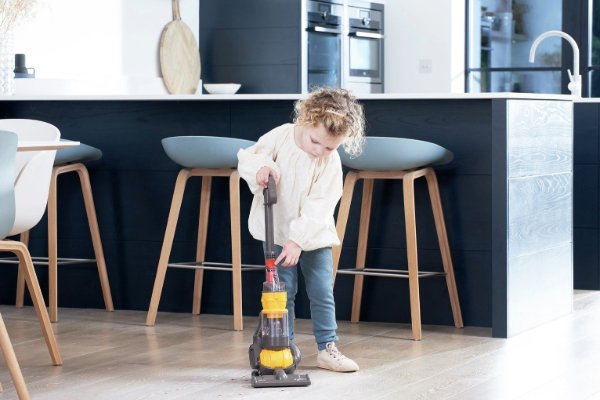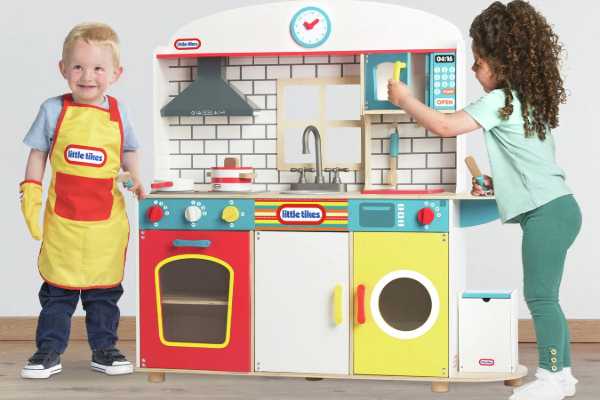Benefits of imaginative play in early years
Imaginative play, or pretend play, is one of the most enriching activities a child can engage in. It’s more than just fun. It helps children develop essential skills for life. In this article, we’ll explore the benefits of imaginative play, when it typically begins, and practical ways that you can encourage it at home.
&poi={$this.metadata.pointOfInterest.x},{$this.metadata.pointOfInterest.y},{$this.metadata.pointOfInterest.w},{$this.metadata.pointOfInterest.h}&scaleFit={($this.metadata.pointOfInterest.x>0)?$sfpoi:$sfcenter}&sm=aspect&aspect=2:1&sfcenter=center&sfpoi=poi&qlt=50&fmt=auto&noiser=0&fmt.jpeg.interlaced=true&fmt.jp2.qlt=40&)
What is imaginative play?
Imaginative play refers to any activity where children create their own worlds, characters, or scenarios. Whether they’re running a make-believe café, pretending to be astronauts, or caring for a doll, children use their creativity to step into new roles and experiences.
This type of play can take many forms, such as role play, dressing up, or using pretend play toys. It’s a fantastic way for children to express themselves and experiment with ideas in a safe, low-pressure environment.
Through imaginative play, children can develop cognitive, social, and emotional skills. It encourages their creativity, builds confidence, and lays the groundwork for critical thinking and problem-solving abilities.
Why is pretend play important?
Carousel
What age does pretend play start?
Children typically start to engage in imaginative play between the ages of 18 months and 2 years. At this stage, play involves simple copying and mimicry, such as pretending to talk on a toy phone or feeding a stuffed animal.
By the age of 3 or 4, pretend play becomes more complex. Children create elaborate scenarios and act out roles, and they often involve friends or family members in their games. This is also the stage where they develop more sophisticated problem-solving and storytelling skills.
Imaginative play continues to evolve as children grow older. While the themes and activities of their play may change, the underlying benefits remain, helping them learn and develop in ways that digital play often cannot replicate.
How to encourage imaginative play at home
Encouraging imaginative play doesn’t have to mean fancy tools or extensive planning. With a little creativity and the right resources, you can create a rich environment for your child to explore their imagination.
Carousel
Carousel
Imaginative play is a cornerstone of healthy child development. By supporting your child’s creativity with these tips and tools, you’re helping them become confident, empathetic, and resourceful.

?w=auto&qlt=50&fmt=auto&noiser=0&fmt.jpeg.interlaced=true&fmt.jp2.qlt=40&)

_1?w=auto&qlt=50&fmt=auto&noiser=0&fmt.jpeg.interlaced=true&fmt.jp2.qlt=40&)
_1?w=auto&qlt=50&fmt=auto&noiser=0&fmt.jpeg.interlaced=true&fmt.jp2.qlt=40&)
?w=auto&qlt=50&fmt=auto&noiser=0&fmt.jpeg.interlaced=true&fmt.jp2.qlt=40&)
_1?w=auto&qlt=50&fmt=auto&noiser=0&fmt.jpeg.interlaced=true&fmt.jp2.qlt=40&)
?w=auto&qlt=50&fmt=auto&noiser=0&fmt.jpeg.interlaced=true&fmt.jp2.qlt=40&)
?w=auto&qlt=50&fmt=auto&noiser=0&fmt.jpeg.interlaced=true&fmt.jp2.qlt=40&)
